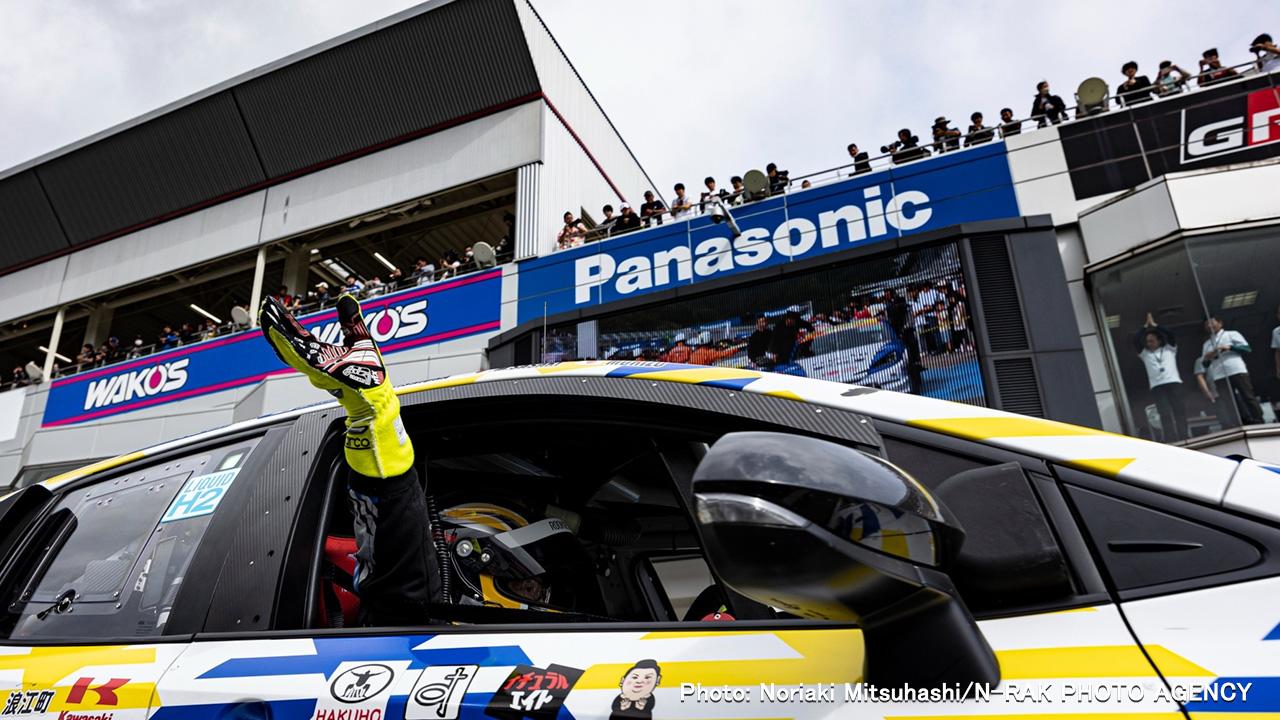
After just 18 months of development, Toyota's liquid hydrogen-fueled GR Corolla completed a 24-hour race. Toyota Times visited the genba to discover how this world-first endeavor succeeded.
24-hour battle brings progress beyond the car
Between the testing stage and the race itself, the biggest headache for the development team was the pump that draws liquid hydrogen from the tank.

Described by Project General Manager Ito as “our greatest technical challenge in liquid hydrogen right now,” the components simply lacked the strength and reliability to function in the extreme -253°C environment for 24 hours.
That is why, to ensure safety during the race, the team planned for two pump changes, once at night and once in the morning, to preemptively replace the part before it failed.
This is, however, a formidable task. The hydrogen first needs to be drained and substituted with safe nitrogen before a new pump can be installed. Then it is a matter of extracting the nitrogen, injecting hydrogen gas, and finally refilling with liquid hydrogen.
The first pump replacement took four hours.

Ahead of the second replacement early the next morning, the development team received a visit from driver Morizo. Upon hearing from Ito that the first changeover had taken four hours, he grinned and said, “So let’s make the next one three hours.”
When Ito asked for a compromise of three and a half, Morizo tried to fire him up with some tough love: “You don’t get to set your own limits!”
In fact, the 3.5-hour goal was not simply about meeting Morizo halfway. This was the minimum time estimated by the team’s mechanics and engineers based on repeated practice.
But the “pep talk” did the trick, spurring team members to focus their energies on the critical task. Before three hours were up, the engine roared to life again, and the pits erupted in applause.
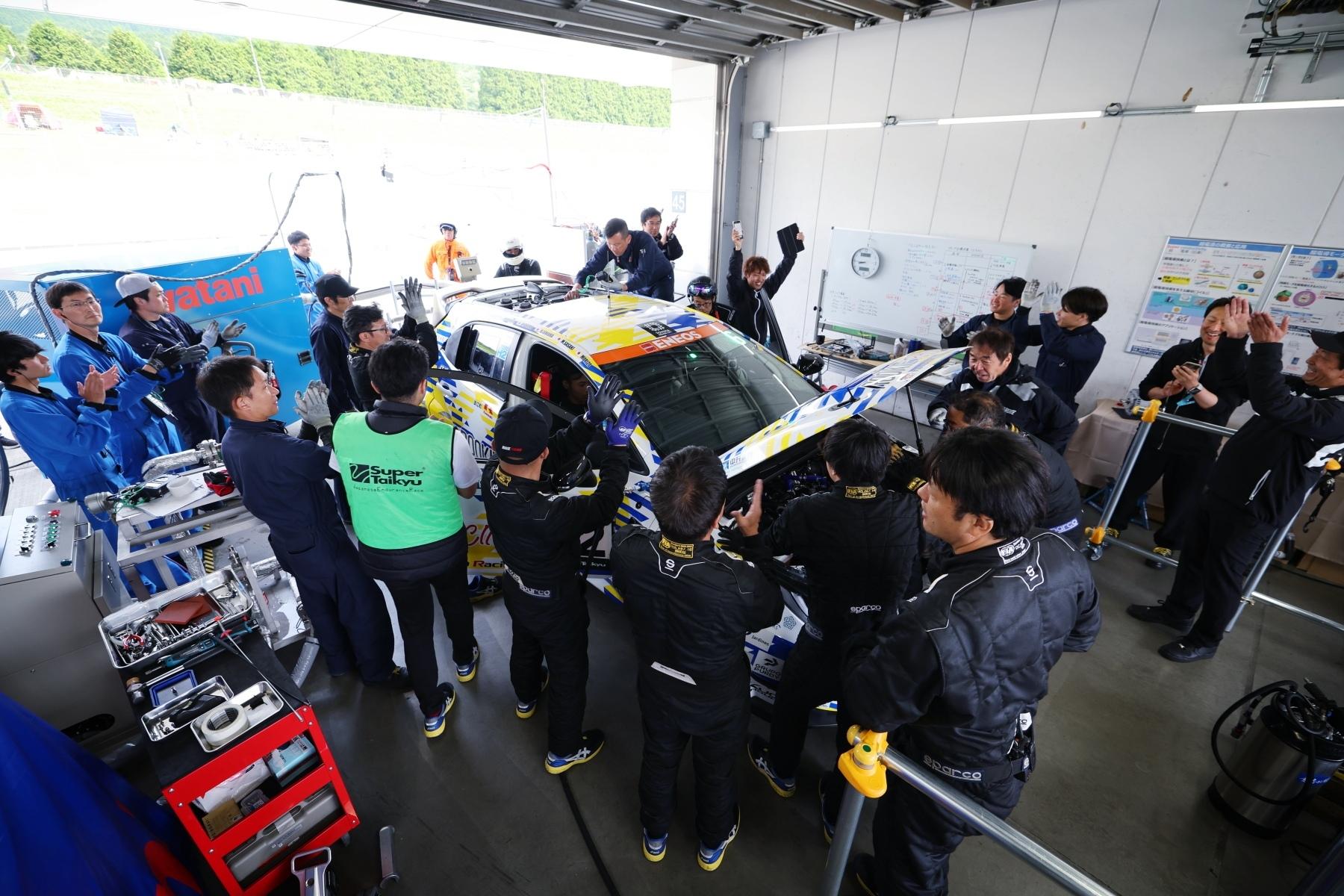
The pump replacement was carried out not by professional race mechanics, but employees from Toyota’s development genba. The intense battleground of a 24-hour race served to hone not only the team’s car but also its people, sparking unprecedented progress.
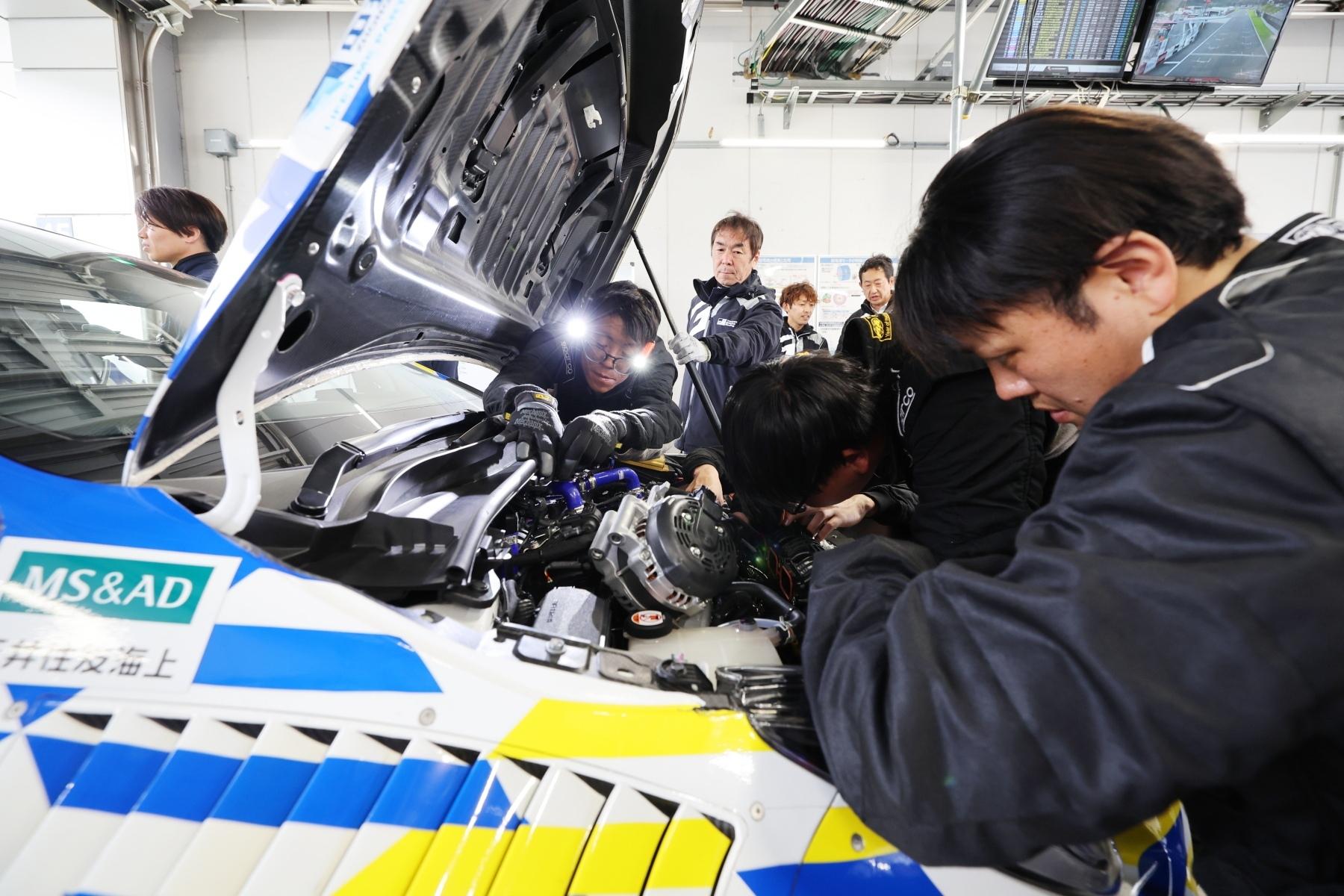
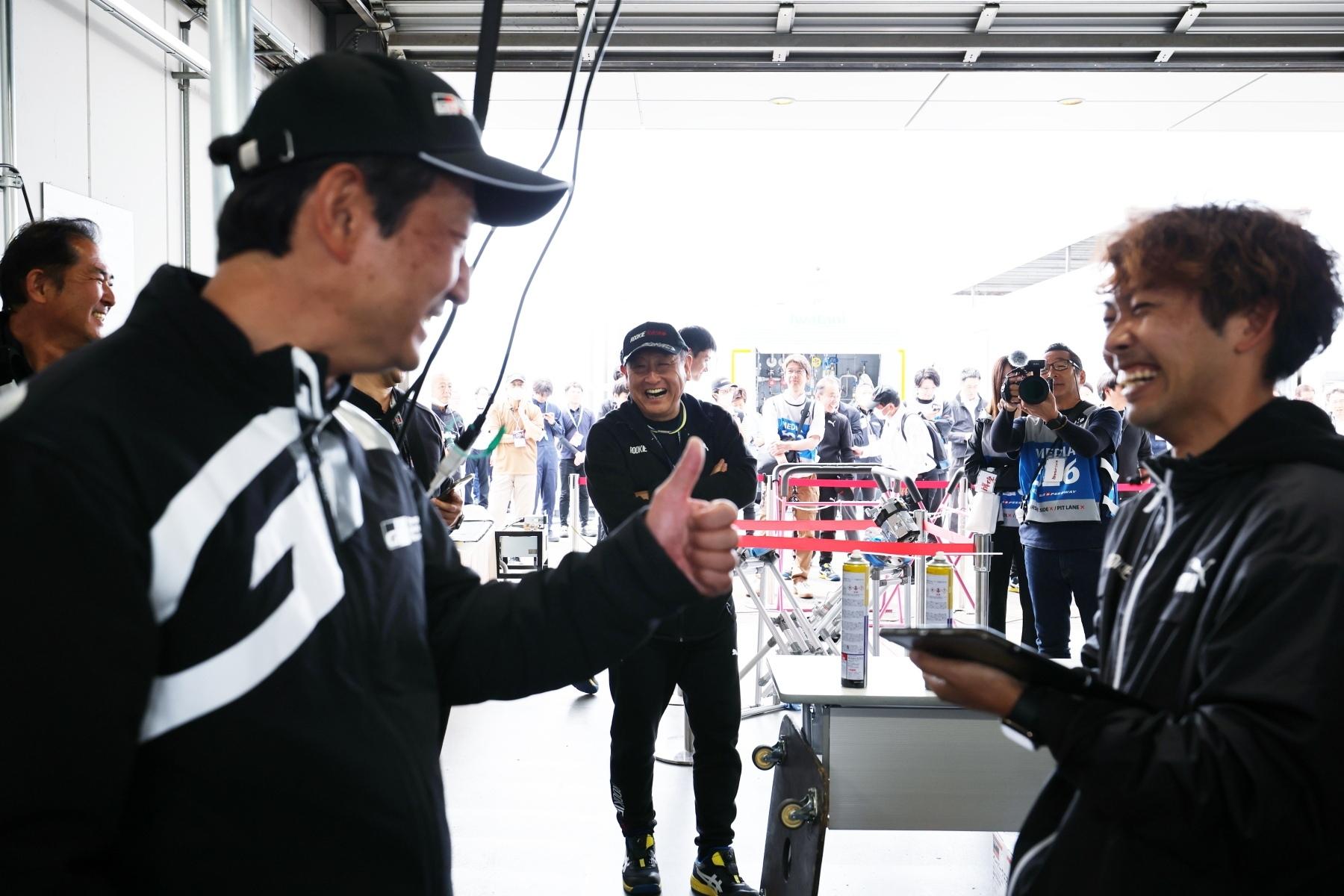
A growing circle of like-minded partners
The 24-hour race forged Toyota’s car and crew alike. With no major trouble to force unplanned pitstops, the team completed 358 laps for a total of 1,634 km.
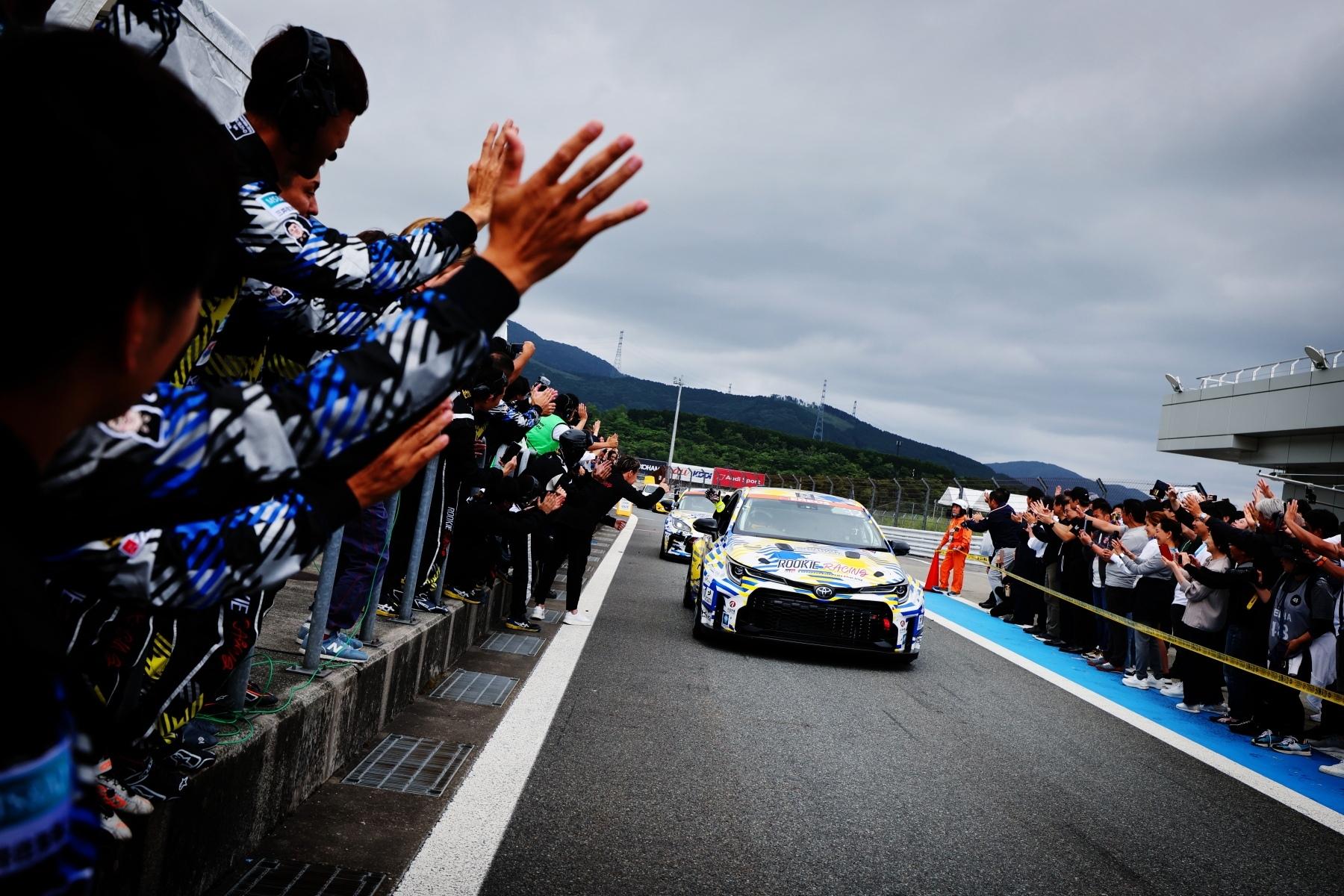
By a curious coincidence, this was the same number of laps as in the car’s first 24-hour race using hydrogen gas. It felt like fate, bringing the team full circle with the discovery of new possibilities for hydrogen.
Reflecting on the 24-hour battle, Assistant Manager Yamamoto commented, “When starting out, we weren’t even able to pump a single drop, but with the help from our partners, we eventually got the car running. Despite all the setbacks, we somehow managed to come this far.”
Speaking before the race, Akio had the following words for his teammates.
“Carbon neutrality is the challenge of our time. Our hydrogen-engine GR Corolla is back to race for another season as we seek to expand future options through purposeful passion and action. Our number of like-minded partners has grown with each attempt to develop the car through Super Taikyu. Now, with the switch to liquid fuel, the list is longer than ever. I hope that, with each extra lap, each additional second this car spends on the track, we keep pushing the door open to a new future.”
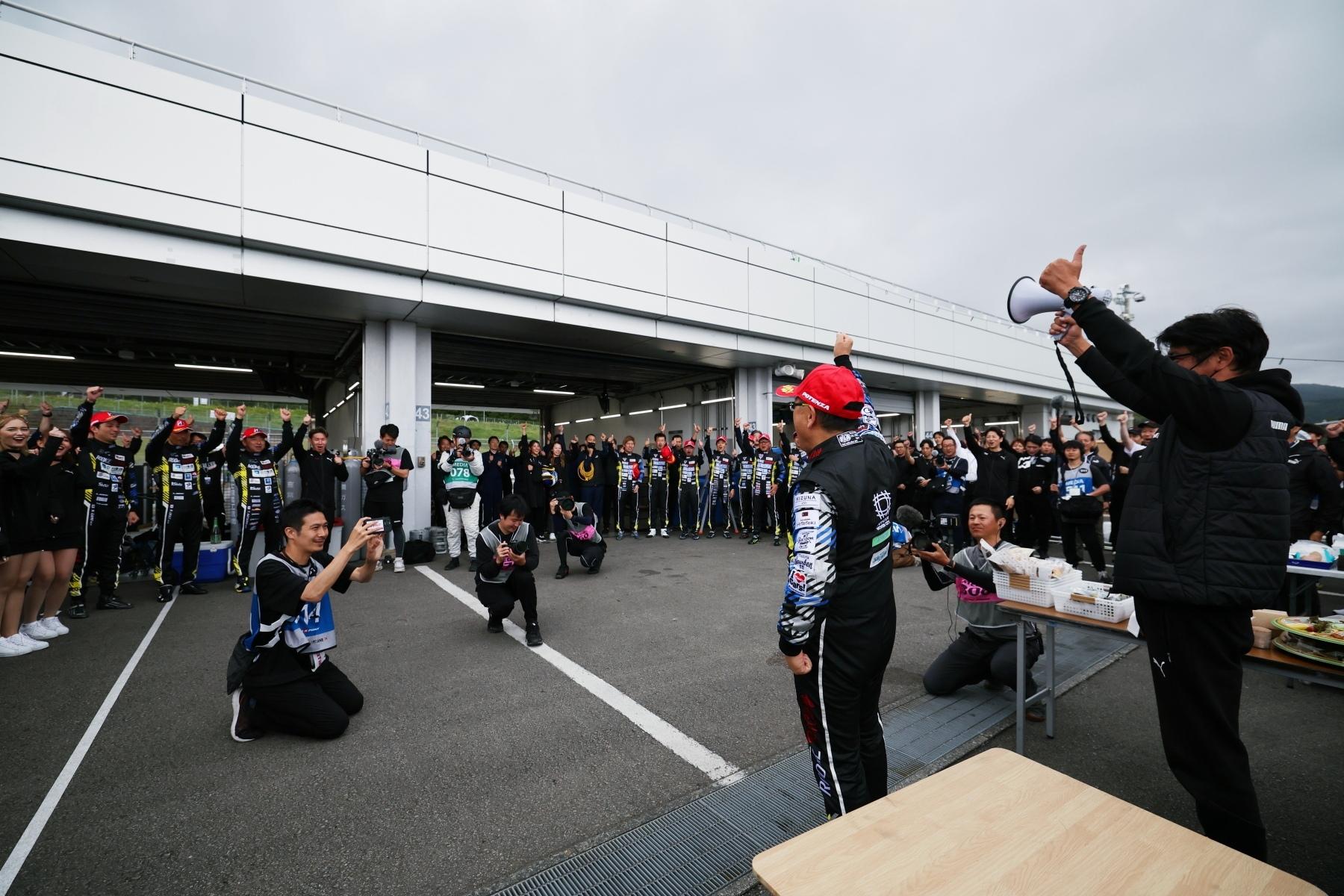
In the leadup to this race, Toyota also announced joint research with Kyoto University, the University of Tokyo, and Waseda University into superconducting motor technology for liquid hydrogen pumps.
Superconductivity is a phenomenon in which electrical resistance vanishes at ultralow temperatures. If this can be applied to the pumps that feed liquid hydrogen at -253°C, the pumps and the motors that drive them could be made smaller and lighter.
Taking up new challenges draws in new partners. As their ranks grow, a new, unseen future unfolds before us, and the circle of action sparked by purpose and passion builds into a powerful movement.

